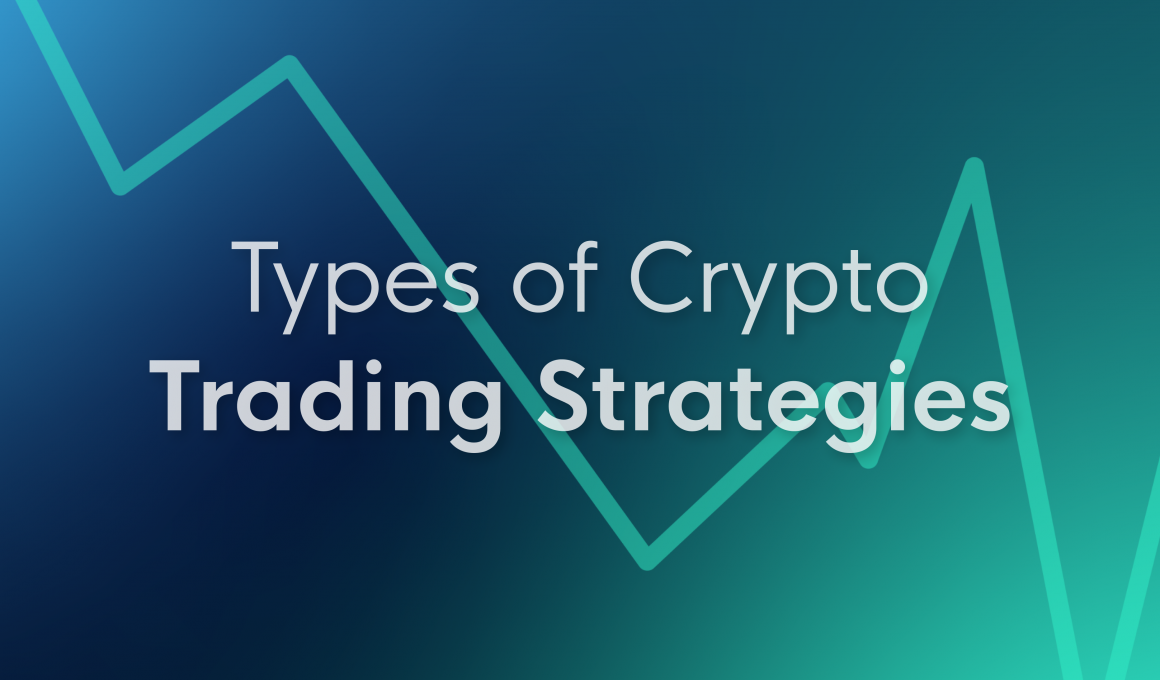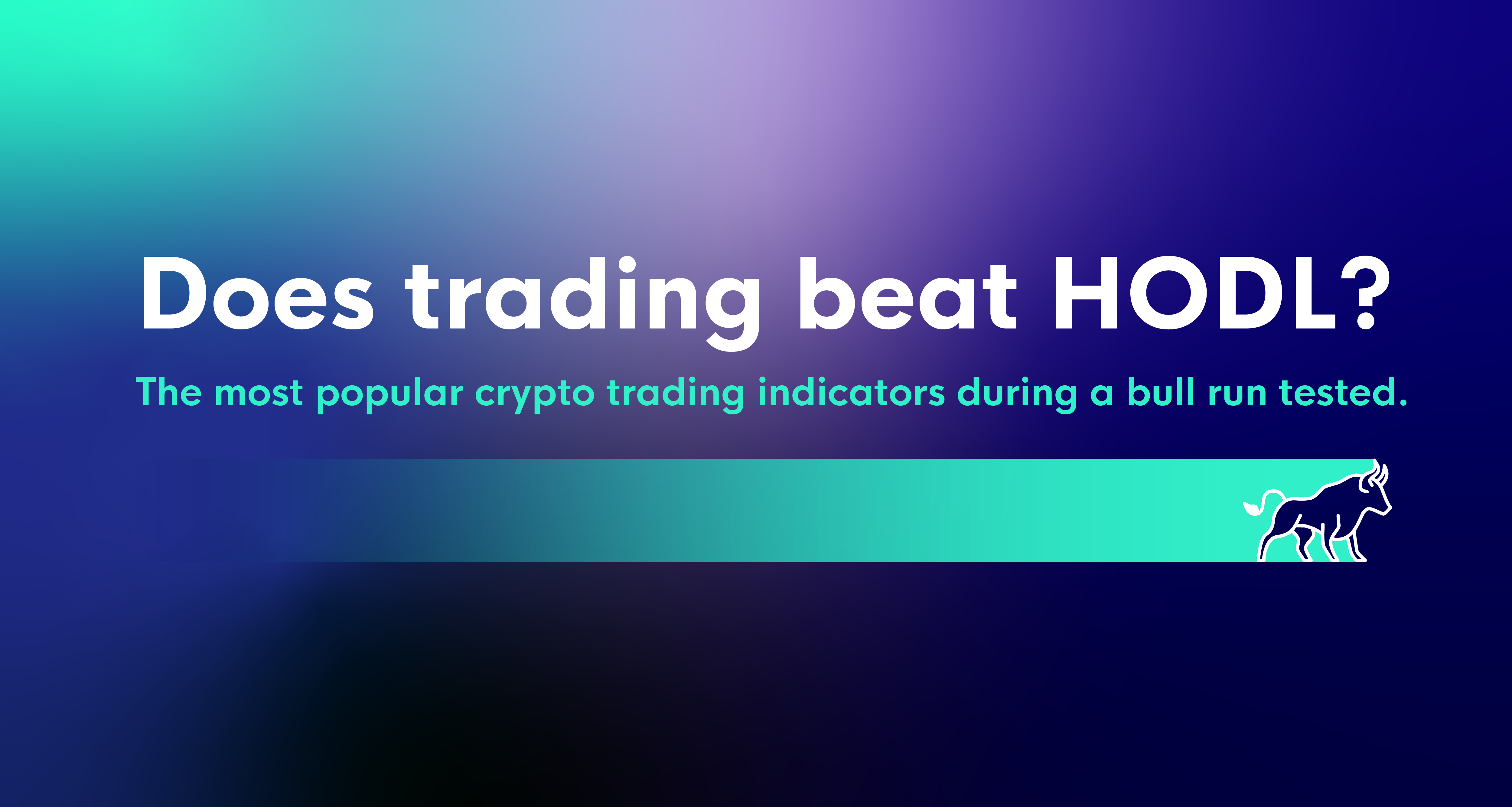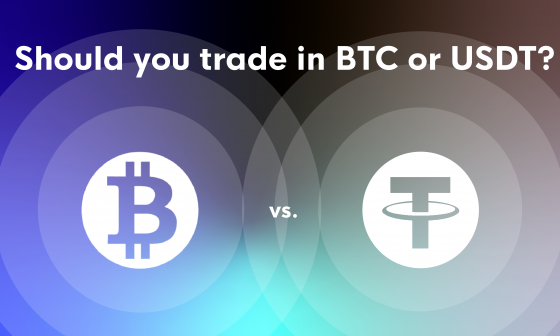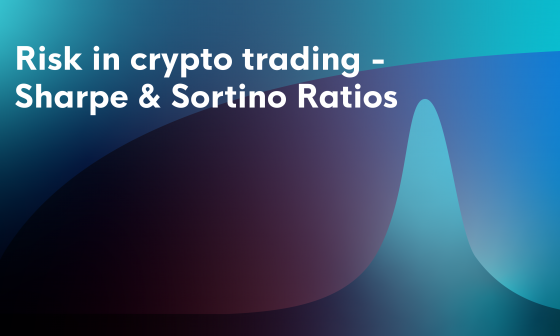Crypto traders tend to avoid constructing a strategy until the market turns on them and they become a victim of volatility. There’s not a lot of resources about how to approach it either. No wonder listening to Youtubers who promise a coin will go X1000 seems easier.
If you’ve gotten to the point of setting out on this journey, congrats! Making a plan and putting a bit of work upfront is the only way to reach long term profitability.
There are different types of strategies that you can apply, and they all thrive in different market conditions. However, knowing what your choice is makes selecting a strategy much easier. This is why here we will cover the different strategies you can employ in your trading. Then you can check the type of market we are in and know exactly what to use.
Types of trading strategies
No strategy, or pot luck
Traders who do not have a strategy make arbitrary choices, like blindfolding your eyes and throwing darts at a dart board. This is certainly not recommended.
You may even get the impression that successful traders function like this. Yet the truth is that they do have an approach and set of principles that guide every move. You will need to do it purposefully until it becomes second nature.
When the market starts moving your emotions will kick in. You will not be able to make solid judgements quickly and will put your funds at risk. You can try this approach, lose money and only then come back to creating a strategy. Or just skip the losing money part and get serious.

Trend following trading strategies
Historically one of the most successful approaches to trading, used by legendary traders like Ed Seykota. It implies that the asset is in a certain upwards or downwards trail and traders are capturing profits by following the move.
Moving averages of all sorts are one of the most commonly used in these types of strategies. They usually hold positions for longer and tend to experience bigger gains/losses that mean reversion strategies.
Check out these trend following strategies that you can implement today.

“The Trend Is Your Friend, Until It Ends” Image source: TradingView
Momentum trading strategies
Momentum trading is based on the idea that hot assets will remain interesting to traders and keep going up. It’s the philosophy of “buy high and sell higher.” These trading strategies cut their losers early and reinvest the profits in the winners.
It may sound like trend trading, but it involves a lot less patience and does not really look at price but is more based on sentiment. And in heated crypto markets you can see how it might work out pretty well – DOGE went high and then higher until it exceeded the expectations of every technical analyst.
Volume is a big item monitored by momentum traders and so are oscillators like the Chande Momentum Oscillator.
Buy and Hold
Passive strategies like buy and hold and passive indexing are often used to eliminate trading fees and take the guesswork out of volatile markets like crypto. Passive investors do not believe it is possible to time the market. And you can see where they’re coming from – 500%+ returns are common in holding so why bother with trading?

Source: BitcoinWiki
This strategy involves buying cryptocurrencies and holding them for an extended period. It is a long-term investment strategy, based on the concept that, in the long term, the crypto markets give a good rate of return despite periods of volatility or decline. It also implies that timing the specific highs and lows is tough for small investors that are not watching the markets like a hawk, so it is better to just buy and hold.
Long and short strategies
A long and short strategy involves selecting a universe of crypto currencies and ranking them based on a combined alpha factor. Alpha is the additional return you gain after incorporating for volatility. It is also a risk management measure. An alpha of -15 means too much risk for the given return, and alpha of 0 means the risk and return are in balance. An alpha above 0 means the return outweighed the risk(Source). Given the rankings, we keep the upper percentile and short the lower percentile of values once in each rebalancing period.
Mean reversion strategies
Mean reversion is a strategy that works on the premise that, the historical average or long-term mean is what asset prices are seeking to return to. Thus, a deviation from this mean up or down is an event that will last only temporarily.
It’s actually an all-around concept of regression towards the mean that applies to much more than just trading.
For example, buyers are bullish on a crypto currency and therefore, they plough funds into that. If many buyers have the same sentiment, then the price of the asset will rise above its average. When this buying spree is over, the asset will seek to return to its long-term average. The opposite is true for selling of crypto currencies.
Bollinger Bands® in one of the most popular mean reversion indicators.

Source: TradingView
Now that you know what’s at your disposal the next step if to determine what type of strategy is for you. You can do this by estimating the phase of the market, your temperament and getting to backtesting.







